Cookies are the quintessential sweet snack; they’re portable and can be endlessly personalized — crunchy, chewy, soft, doughy, chocolatey, you name it. Plus, there’s nothing more comforting than a freshly-baked chocolate chip cookie with a tall, cold glass of milk. But what do other people around the world enjoy on a cloudy gray day instead of the classic chocolate chip?

GIF courtesy of reactiongifs.com
This article is the second in a series through which I’ll take you all around the world, showcasing variations of classic foods we all know and love. Check out the first piece about ice cream around the world here.
Jewish tradition: Hamantaschen

Photo by Hannah Skiest
Okay, so this isn’t a country, but in the Jewish tradition, hamantaschen are often made as part of the festival called Purim. These triangular cookies are filled with jams, poppy seed (traditionally), or even chocolate or caramel. These cookies are so good that you’ll want to celebrate Purim year-round, even if you aren’t Jewish. Find the recipe here, or try these cookie dough stuffed ones for a little bit of a twist.
Greece: Koulourakia
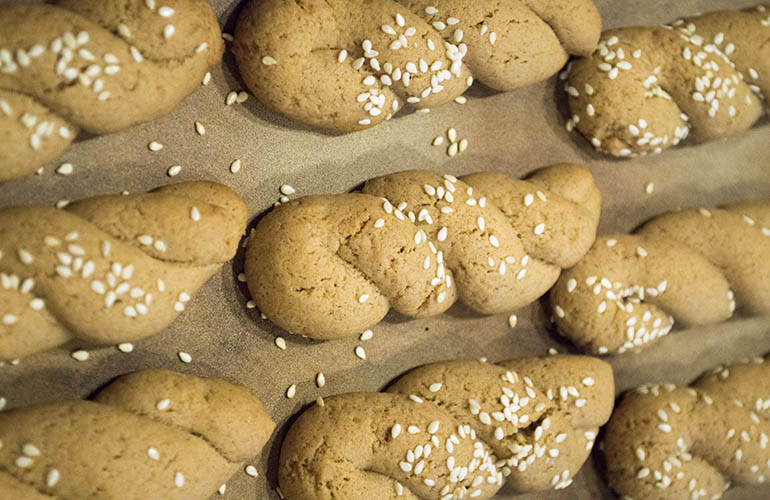
Photo by Marykate Surette
These Greek butter cookies are often made for the celebration of Easter. They are known for their twisted snail shape or hairpin twist shape (as pictured above). These babies are topped with sesame seeds, which gives them a bit more of a savory flavor. Find the recipe here.
France: Macarons
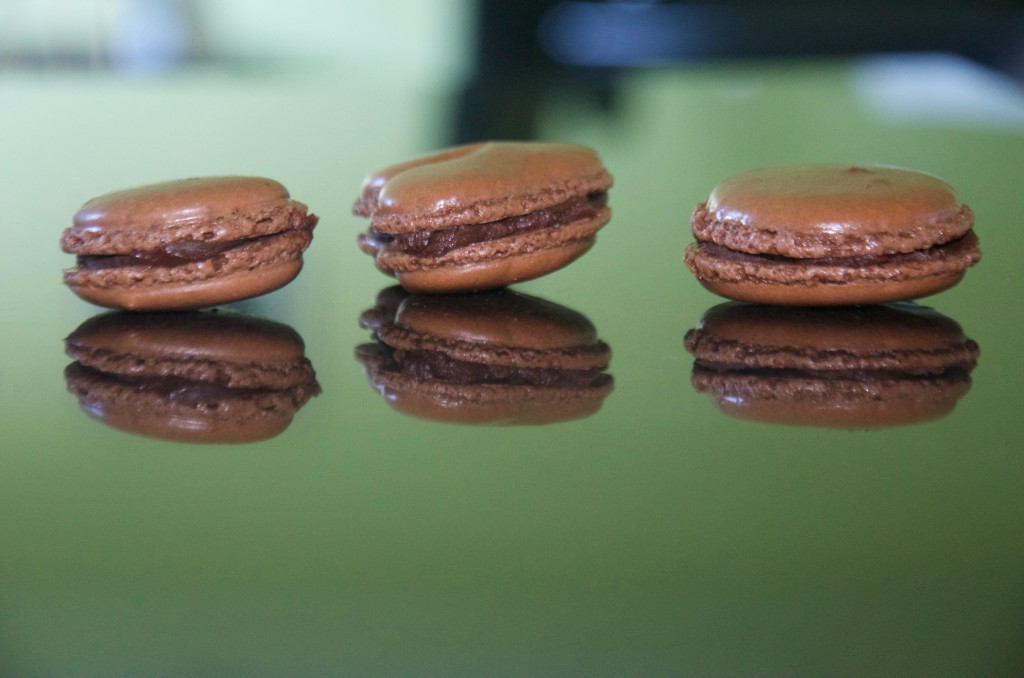
Photo by Tabitha Wibowo
Whenever you think of French cookies, I’m sure you think of the famous macaron. Known by bakers as one of the more difficult cookies to perfect, macarons are definitely one of everyone’s favorite cookies. These sandwiches are basically fancier Oreos with different layers of textures from crunchy to chewy to creamy. Find a recipe here.
Italy: Biscotti
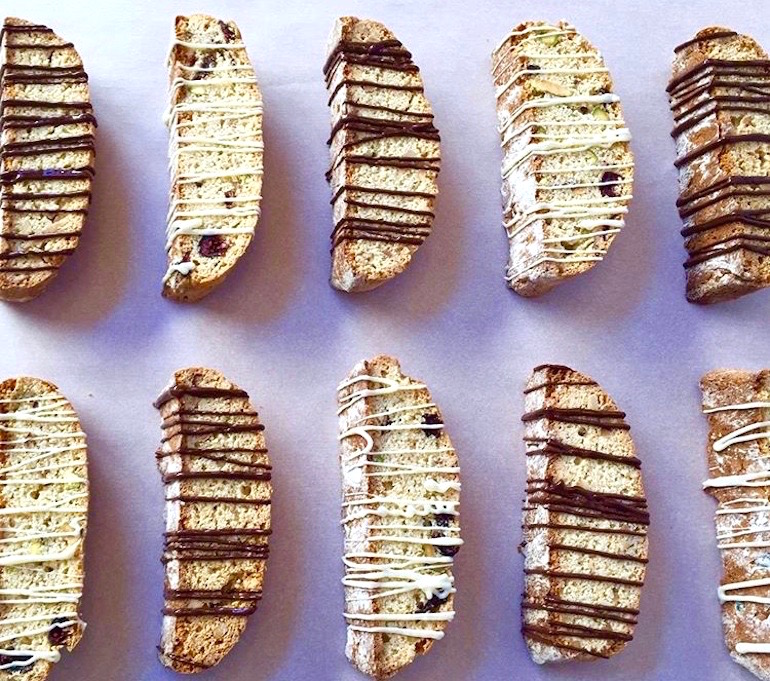
Photo by Angela Pizzimenti
Even though biscotti are technically a biscuit, they pair perfectly with milk, just like the classic chocolate chip cookie. Dunk them in some hot milk, coffee, or tea, and they absorb just enough heat and liquid to become the perfect combination of crunchy and soft.
Biscotti are known for being twice-baked, which gives them that distinct dense crunch when eaten alone. Learn how to make your own biscotti (for those cozy coffee or tea days) with this recipe.
Argentina: Alfajores
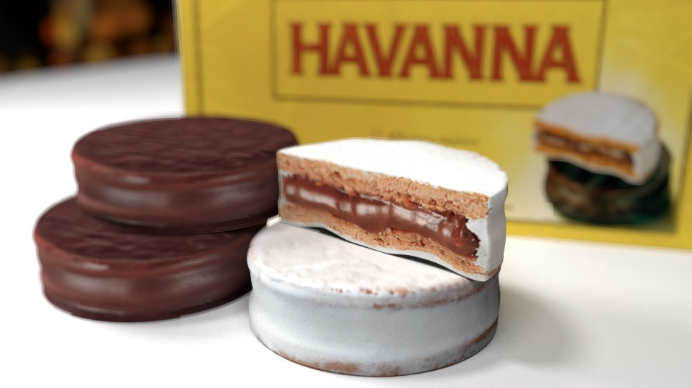
Photo courtesy of celebratealfajores.tumblr.com
These Argentinian cookies are basically the South American version of Oreos, but better. The sandwich cookies are filled with dulce de leche and covered in chocolate (YUM). Curious as to how you can enjoy your own alfajores in the comfort of your own home? Make your own using Oreos with this recipe.
Greece: Melomakarona
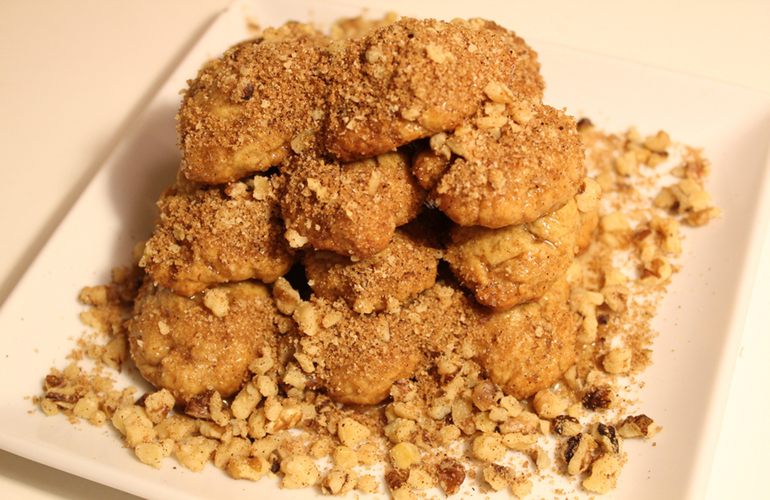
Photo by Natalia Alexander
Another Greek cookie, melomakarona are a sort of hybrid between the buttery cookie of koulourakia and the syrupy goodness of baklava. These cinnamon and clove-infused cookies are made and baked, then are soaked in a syrup made from honey and oranges to make them soft and infuse them with even more flavor. Make your own by following this recipe.
Spain: Polvorones
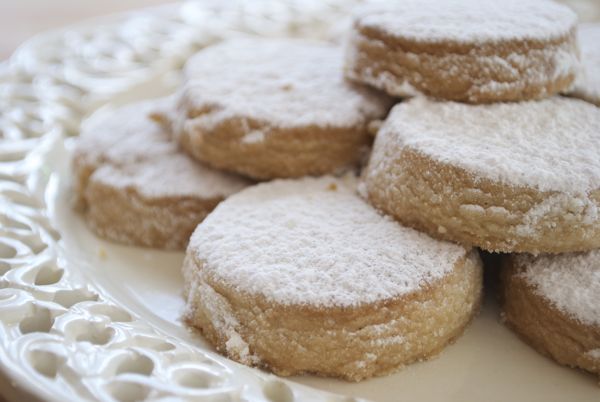
Photo courtesy of es.ipcdigitial.com
Polvorones are Spanish almond shortbread cookies known for their crumbly melt-in-your-mouth texture. You may also know them as “Mexican wedding cookies,” as they are often called in the US. These cookies are traditionally made for Christmas, but are usually available year-round.
Italy: Anisette Cookies
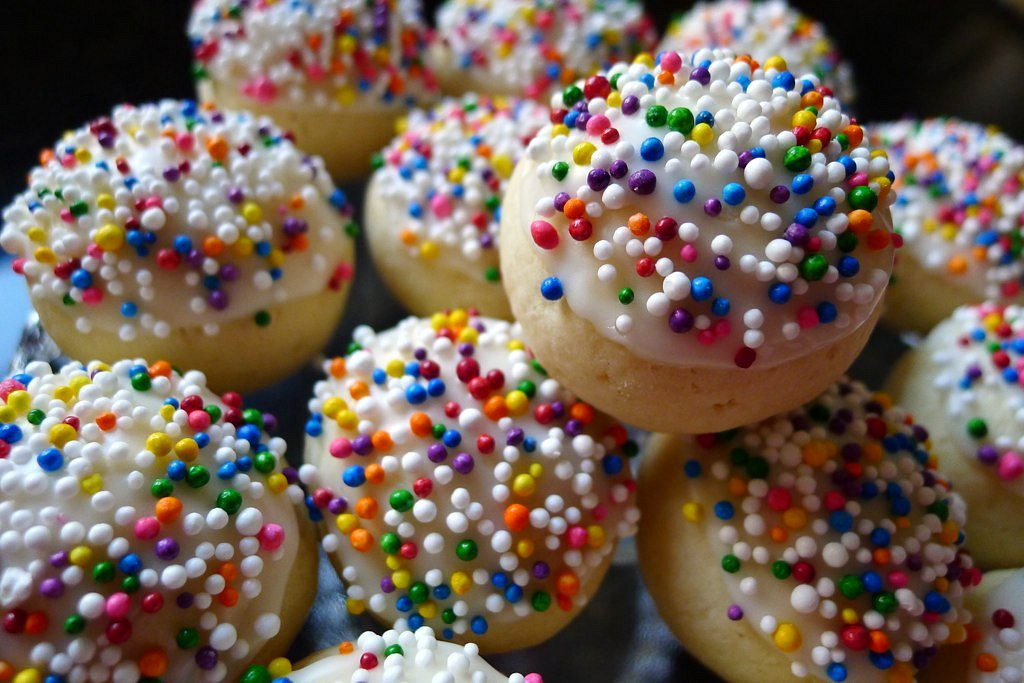
Photo courtesy of flickr.com
These Italian cookies are crumbly little balls of goodness that bear resemblance to a less-dense shortbread. The cookies are flavored with anise extract, which has a similar flavor to licorice or fennel.
If you’re not a fan of the anise flavor (though it is really good, I promise) or can’t find it at your local grocery store, replace the extract with lemon or almond extract for a less traditional, but still incredible, version of Anisette cookies. Find a delicious recipe for these Italian cookies here.


